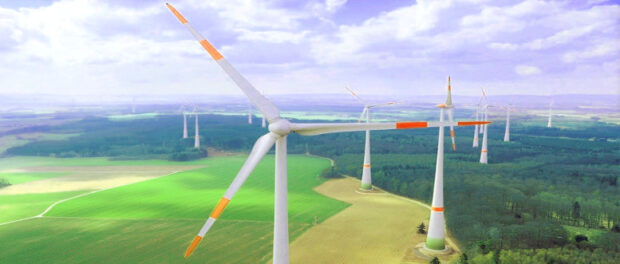The critical financial side of the subsidized energy transition: markets without sustainability
 Screenshot youtube.com
Screenshot youtube.com
Calculations, industry analyzes and political discussions make it clear again and again that neither wind power nor solar energy without long-term state subsidies and subsidy security in Europe can achieve a permanently competitive position on the energy market. The development and installation of wind turbines, especially on an industrial scale, cause enormousInvestment costs that would hardly be bearable without subsidies. Solar parks need strong government support and fixed compensation to assert themselves against the usual market electricity production costs.
Subsidies and distorted market mechanisms
State-related subsidy programs often apply through guaranteed minimum remuneration, tenders and fixed feed-in prices. The energy producer is legally obliged to feed the electricity from wind and sun into the grid at fixed purchase prices. This leads to a permanent distortion of the market: operators have no incentive to increase the economy through innovation or cost reductionincrease as long as the security of subsidy exists. The result is a permanent dependence on politically defined funding frameworks and the displacement of economically robust alternatives such as nuclear energy or classic coal-fired power plants.
High cost of capital, new infrastructure and growing additional burdens
The construction of large-scale solar parks and wind farms causes immense capital costs, the profitability of which is only secured by long-term feed-in guarantees and subsidies. The costs are often not only allocated to the electricity price, but also indirectly borne by tax subsidies and budgetary stocks. In addition to the construction costs, wind and solar power cause considerable additional costsfor grid expansion, storage technology and control energy. These infrastructure measures are often not plannable and increase the burden on public finances and consumers.
The economy of new technologies: wave power as an example
In most countries, wave power plants are still in the economic test stage. The high development and maintenance costs make cost-covering operation without permanent subsidies unrealistic. It is foreseeable that subsidy dependency is increasing rather than falling, especially with new technologies.
Decommissioning, Recycling and Future Exposures
The mining and recycling costs for solar modules and rotor blades are often not taken into account in the original investment plan. These future burdens are not affected by the operators, but by the public sector in the medium term and thus to the taxpayers. The debate about contaminated sites and unsustainable disposal costs often remains hidden.
Follow-up funding and the illusion of sustainability
Many wind and wave power projects are still not profitable after the first funding periods have expired. Operators must hope for follow-up subsidies, decommissioning grants or new subsidy models in order to be able to survive economically. The expansion focuses primarily on those technologies that can count on the highest subsidy sums, while less subsidizedor more market-ready alternatives are pushed back.
Sustainability remains a blank formula without subsidies
Without stable, far-reaching government subsidies, wind power, solar energy and many new types of power plants in Europe cannot currently maintain a sustainable market position. Permanent subsidy structures, hidden costs and hidden risks for infrastructure, maintenance and recycling ensure that the electricity market remains massively distorted – and the burden on citizens and householdsfurther increases. In the political discussion about the energy transition, it becomes increasingly clear that a fundamental reform is necessary if one wants to replace the appearance of competitiveness with genuine, economically viable solutions.
